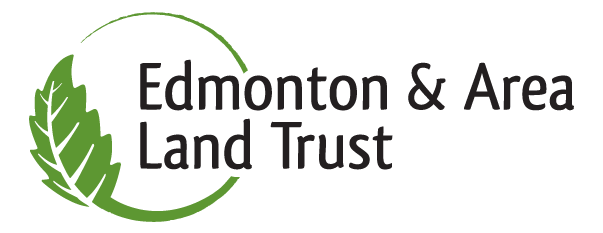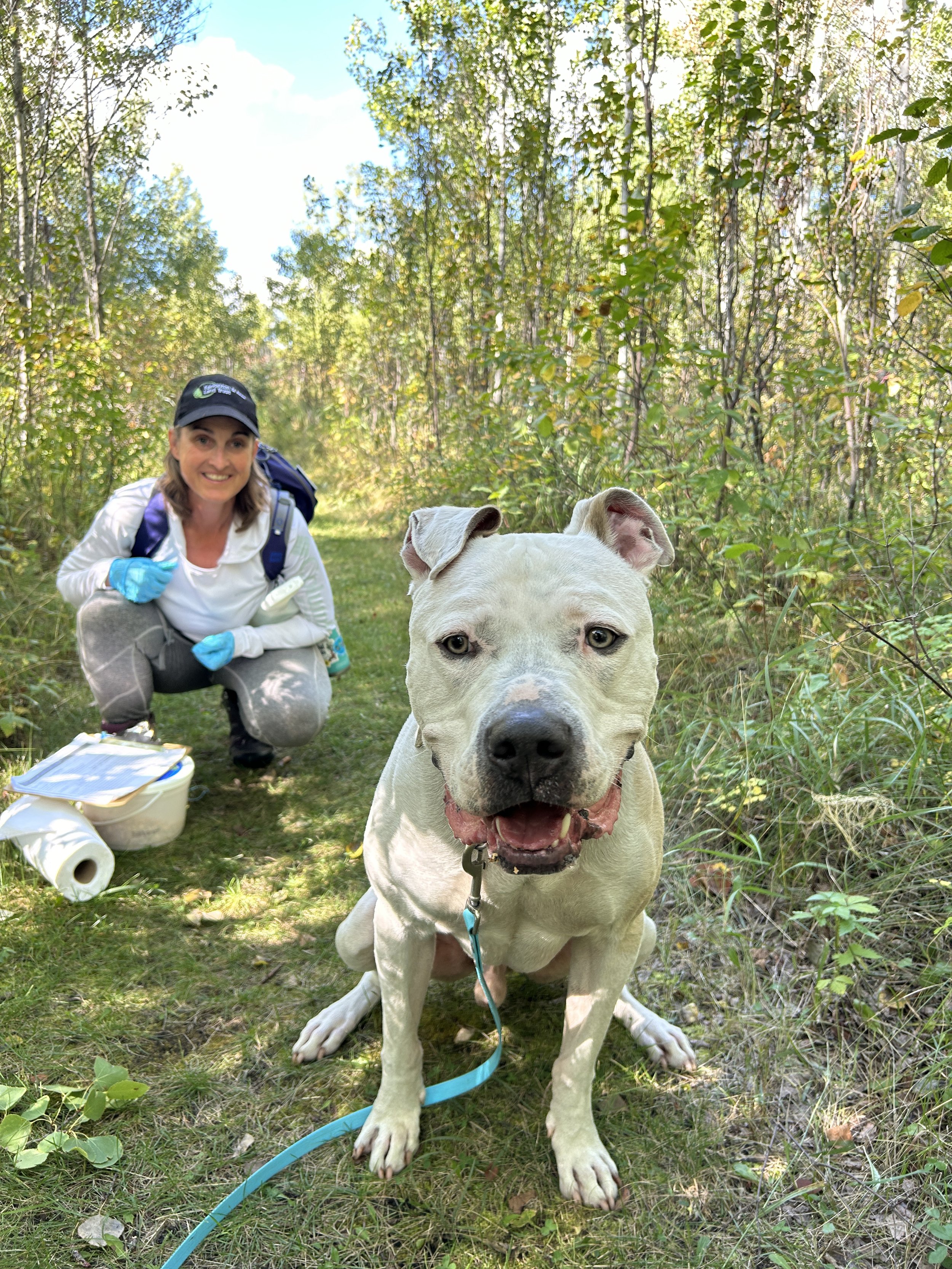In recent years, domestic dogs have become an increasing presence on EALT conservation lands. Dogs are welcome at the majority of our conservation lands, provided that their caretakers follow the terms of access in place.
In this blog, we’ll explore why being a responsible dog caretaker is critical to conservation, especially for locally managed natural areas.
Canines and Conservation
EALT’s conservation lands occupy a very unique position as it relates to publicly available natural areas. Unlike provincial, municipal, or federal parks, our conservation lands are privately owned. As a charity, it’s part of our mission to ensure that these places are available for the benefit of humans as well as wildlife, for this and all future generations.
As private land, our conservation areas are 100% managed by EALT staff and volunteers. Our conservation lands don’t have municipal or custodial services contracted, such as waste removal, and this is the reason we do not upkeep garbage bins on our conservation lands. Our small staff team does not have the capacity to maintain 20+ garbage bins for each land, and so it is the responsibility of visitors to pack out all waste.
The Scoop on Poop
Some people on our staff team are dog owners themselves, and though we know the idea of taking dog poop back with you in your car is unappealing, it’s even more unappealing when someone ends up with poop on the bottom of their shoe!
All visitors with dogs are required to pick up and pack out their dog’s poop.
Aside from being smelly and generally gross, did you know that dog poop is also an environmental contaminant?
Unlike wild canine feces (poop), domestic dog feces does not break down as quickly due to its composition. In addition to being slow to biodegrade, dog feces has also been observed to be a pollutant to fresh water. Its high potassium content contributes to poor water quality in lakes when it collects in runoff, compounding the problem of contaminants introduced to fresh water from agricultural activities.
Dog feces also carry a higher proportion of diseases that can be transmitted to humans, such as E. coli, salmonella, yersiniosis, as well as parasites that can infect other domestic animals and humans.
Leashes are a Lifeline
Conservation Coordinator Kayleen and her dog, Wilfred, on the trails at Pipestone Creek.
Last year, some of our followers may have heard about an incident at Pipestone Creek where a visitor’s off-leash dog attacked and killed a deer fawn. This is an extreme example of what can happen if your dog is off-leash, but the fact that it occurred on our conservation land was deeply disheartening to the staff team.
EALT requires that all dogs visiting our conservation lands must be on a leash.
This has no exceptions. Besides the risk to the disturbance and harm to wildlife, keeping your pup on a leash also means that it’s easier to keep track of where they poop, making it easier to clean it up as soon as it happens.
Letting a dog off-leash in natural areas can also be risky for the person walking them. Many of our lands are home to large carnivores, including cougars and bears. There is always a risk that off-leash dogs will chase wildlife, and their instincts are not totally predictable, or controllable. Off-leash dogs can lead predators back to their humans if the predator decides to pursue the dog, which can lead to an extremely dangerous situation.
Our conservation lands are not off-leash dog parks. Please arrange to have some off-leash time with your dog in parks and areas designated for that purpose.
Thank you!
Conservation Land Steward volunteer with their dog at Pipestone Creek.
EALT’s conservation lands, while open to the public, should be treated in the same way that you would treat a neighbour’s land. Common sense and courtesy is key to the practice of conservation in general, and we’re extremely grateful to visitors who put in the effort to adhere to our visiting guidelines.
The power is in your hands to make a visit to EALT lands a pawsitive experience for everyone!
We’re also grateful to our volunteers who help us keep up with stewardship and monitoring on our conservation lands. If you’d like to support our work by becoming a volunteer, you can find out more here.





